When searching for the “best” ammunition for EDC, premises defense, or the downright silly (but dreaded nevertheless) “zombie apocalypse,” you will likely consider using a law enforcement product, even if you are not an LEO. Whether for pistol, AR-15, or shotgun, you will likely choose products from these brands/loads:
LE ammunition has long been recommended (for full-sized, able-bodied shooters) by firearms experts and self-defense trainers, regardless of their own background or current employment. [Who would dare deny the romance associated with and downright manliness of using coveted LE ammunition, especially those über cool hot +P+ loads? * 🙂 ]. To fill that need, and reflect the objective truth that it is very high quality factory ammunition that has been tested extensively, including simulated “real world” scenarios, manufacturers often make a “civilian” version/equivalent of some of their LE loads. That’s just fine, but, you needn’t go there.
Although a manufacturer may legend or advertise a load as “law enforcement,” “duty,” “made exclusively for law enforcement,” or “for law enforcement only,” it is fairly well-known such restrictions are merely manufacturer “policy” and notice of an intended supply chain limitation. Except for the very rare state law or local ordinance which entirely disallows or restricts usage of hollow-point or other ammunition because of projectile characteristic (for example, armor-piercing, tracer, fragmenting), a manufacturer’s imposition for its LE ammunition is not an actual legal limitation on use by the non-sworn. (For well-known actual legal limitations on sale or possession, see here: New Jersey —- San Francisco (Police Code) —- Hawaii).
Legal urban legends aside, a non-sworn’s use of LE ammunition is not likely to be successfully challenged/demeaned in court. If a foolhardy prosecutor or civil plaintiff’s attorney is erroneously allowed to make LE ammunition an issue, the quest for jury points will backfire. The response on cross-examination of one well-known self-defense shooting expert witness (Massad Ayoob) would include: “Police only loads are ‘police only’ as a matter of manufacturer policy, not law. Many believe that if police have determined this to be the best ammunition to use to protect ordinary citizens, it is logically the best ammunition for those same law-abiding citizens to use to protect themselves.”
Takeaway: LE ammunition is expensive, and sometimes hard to find, but its use is NOT problematic for the non-sworn. Best to use a product that is a current (or nearly so) loading, available in ample quantity, that shoots best with your firearm, and best fits the most likely application. (Bonded vs. non-bonded will likely dominate a discussion of intended application — to a point well beyond what it deserves). If you can, buy pistol ammunition in the 50-round LE boxes, not the “civilian” equivalent in the commercial 20 or 25-round boxes. The former is much cheaper, and having more rounds per box lends itself to more rounds downrange practice before you reload your carry magazines to “hit the street.” Note that duty rounds are still produced for revolvers. Also note, LE ammunition manufacturers load less toxic indoor training ammunition which may mimic the characteristics of an actual duty load. That ammunition is likewise legal for purchase by the non-sworn, but it is often harder to find a break in its LE supply chain.
* For the record: I have never carried +P+ rated ammunition nor recommended it.
Hat tip: LE agencies and LEOs. For getting ammunition manufacturers to make really good stuff (however labeled) that the non-sworn can rely on to defend innocent life.
Disclaimer: No MSW post constitutes particularized legal advice, or creates an attorney-client relationship with a reader.



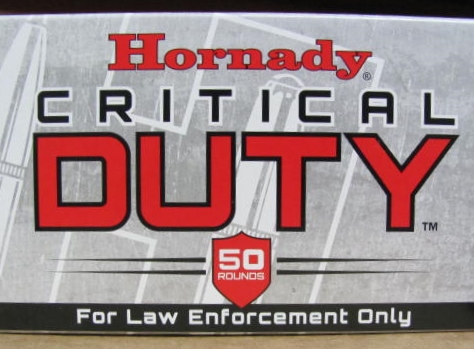
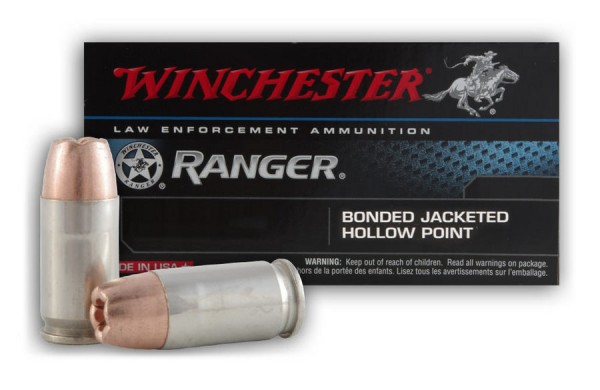
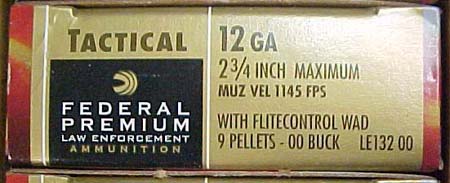
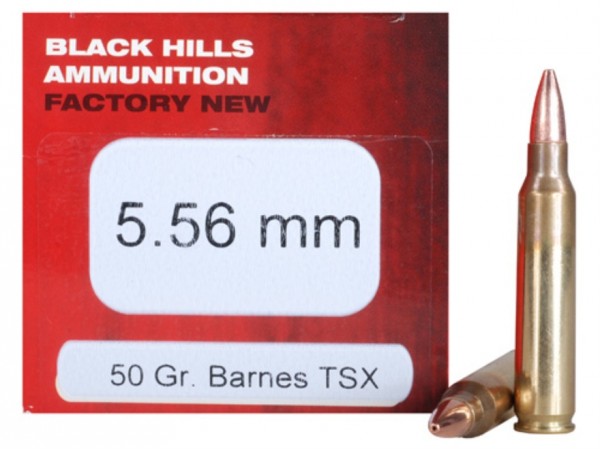
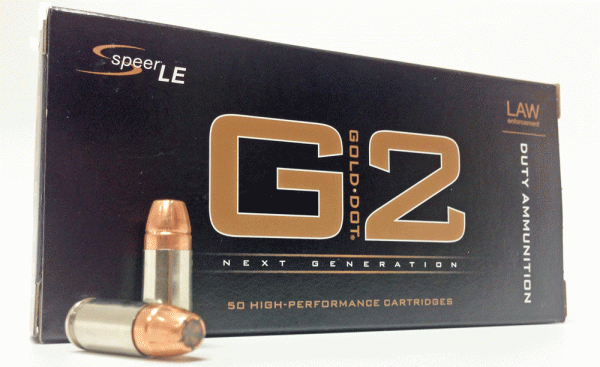
An excellent article. I have also advised individuals not to use reloads, not based on liability but based on quality and reliability.
And, I would also add:
Fire enough of whatever ammunition it is you select to be absolutely certain it operates perfectly in your gun and your magazines, and that the combination of the three elements work perfectly together.
Often stated, but not always followed to the letter.
Confession: I have a old perfect-running Colt Government Model .38 Super that came with a 9×19 barrel. In years past I used the 9mm Metalform magazines and the gun ran perfectly, and I mean 100%, with every ammunition I tried.
Until one day a dealer we instruct at got in a truckload of Speed Gold Dot 147gr LE-marked loads in 50-boxes at a very nice price. I bought several. They ran perfectly in our 9s (we own a lot of 9s for our classes, but don’t shoot them much ourselves), as far as I knew.
One day, for a class demonstration, I had my GM but it was in the 9 config. I had a few Metalforms of the Gold Dots and chose to use them.
Not one mag would feed these otherwise-superb loads into that otherwise-perfect gun.
Lesson learned!
It’s stoked with .38 Super DPX normally, which does run perfectly with the McCormick mags I now use. But I spent a lot of money making sure of that.
Hard to beat 9BPLE or those Ranger-T Word boolits.
Depends on the reloader. Factory ammo isn’t even in the same league as my reloads.
Tailored reloads can improve performance most assuredly but unless you are my cousin Kirk from Wisconsin I wouldn’t shoot your stuff from my carry gun on a bet. My local but nationally known “Manufacturer” makes reloaded stuff I won’t hunt deer with and wouldn’t take to a class. Buisness guns should use factory ammo or reloads you made yourself. I had to pound a slug from a well known remanufacturer out of the forcing cone on a model 19 with an extension from a 3/8 socket set in the field years ago so maybe it’s just me but I eyeball factory ammo now before it goes in the cylinder or mag.
I am currently researching reloading, do you have any advice/suggestions?
As a non-sworn, I’ve considered this matter, and what it comes down to is that when there’s an actual difference between the “defense” load and the “duty” load (as there is for Hornady, for example), it’s because the likely use scenarios are substantially different.
Duty loads are typically crafted around the FBI spec, which includes barrier penetration requirements. What do defense event statistics say about the need for that capability in citizen self defense cases? I’m guessing it’s rare, and that there may be an over-penetration and collateral damage risk tradeoffs involved.
For the non-sworn, loading the weapon with “defense” cartridges might be the optimal all-around choice. Having the backup mags or speed-loaders charged with “duty” ctgs might also make sense, as any fight that lasts more than 5 rounds is at higher likelihood of involving some barrier issues (and of course any training needs to include that ammo change).
Good point on the Hornady products. It is explained by the company here: http://www.hornady.com/support/critical-duty-and-critical-defense
You will find opinions saying that if you carry a full-sized handgun, a LE tested load will likely perform better (i.e., as claimed) than one made for “personal defense.”
I’m not so inclined to be very concerned about overpenetration. It’s a possibility, but based on the videos and reports of many shooting incidents I’ve been exposed to, misses are a far, far greater issue.
Possibly in a very close, one- or two-shot shooting, overpenetration could be an issue, but beyond that, there’s going to be misses, and they’ll have much greater potential for injury to innocents.
Maybe its just age and too many Elmer Keith articles, but making sure the bullet gets somewhere important and is able to break it is the first consideration.
The concepts of expending “energy” inside a target seems sort of esoteric and less-connected to solving the problem than just getting there and breaking it.
Honestly, I look at a .45 caliber 255 grain Keith semi-wadcutter load with much more fear than the most modern 9mm FBI-load pleasing wonder bullet.
But maybe I should stop reading old books.